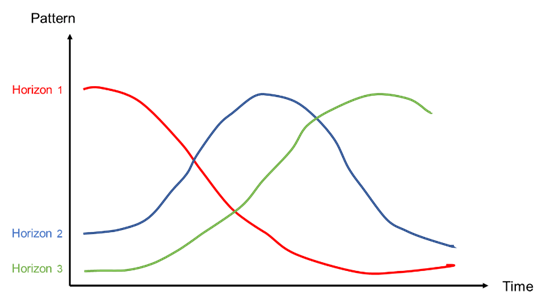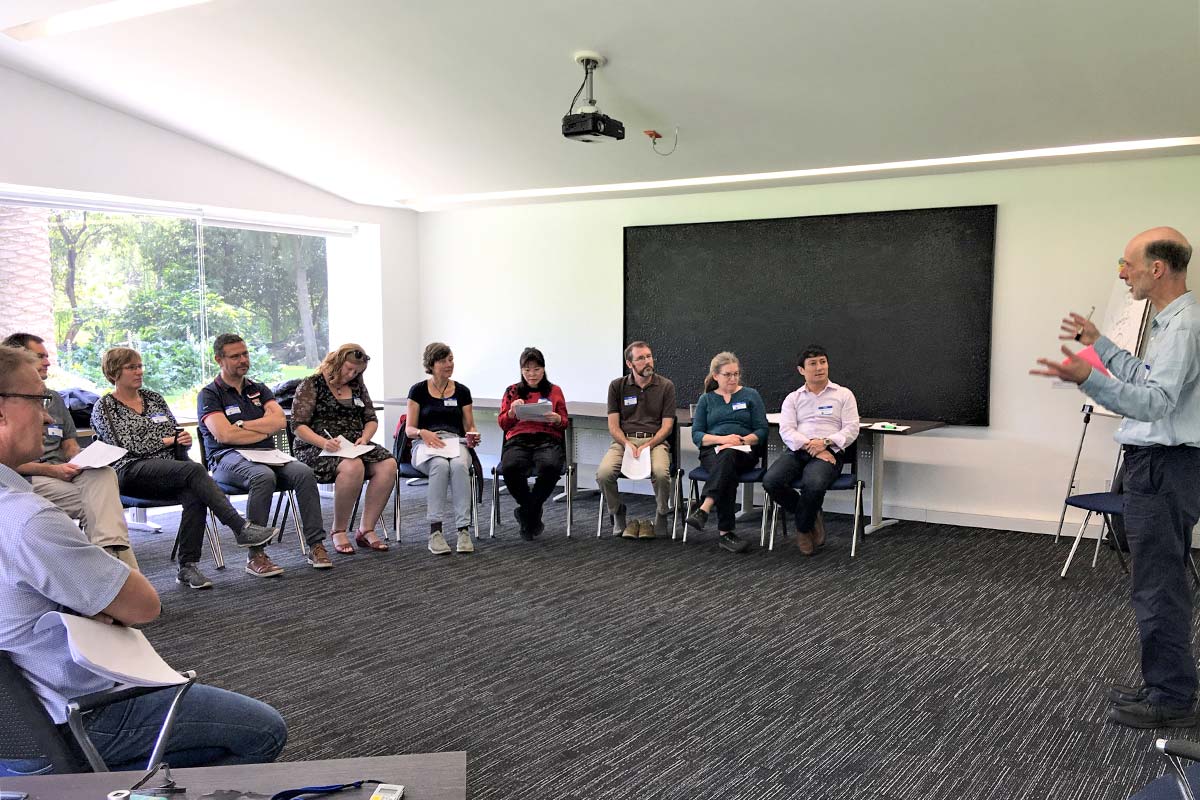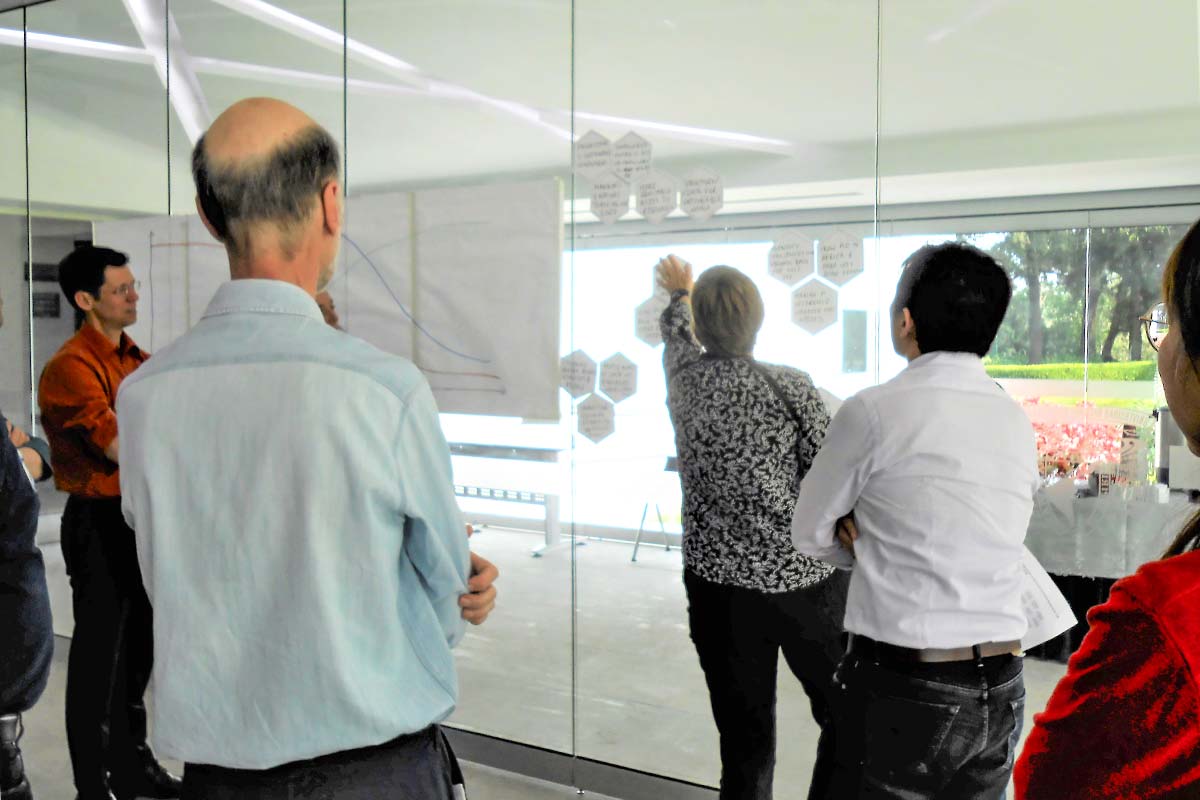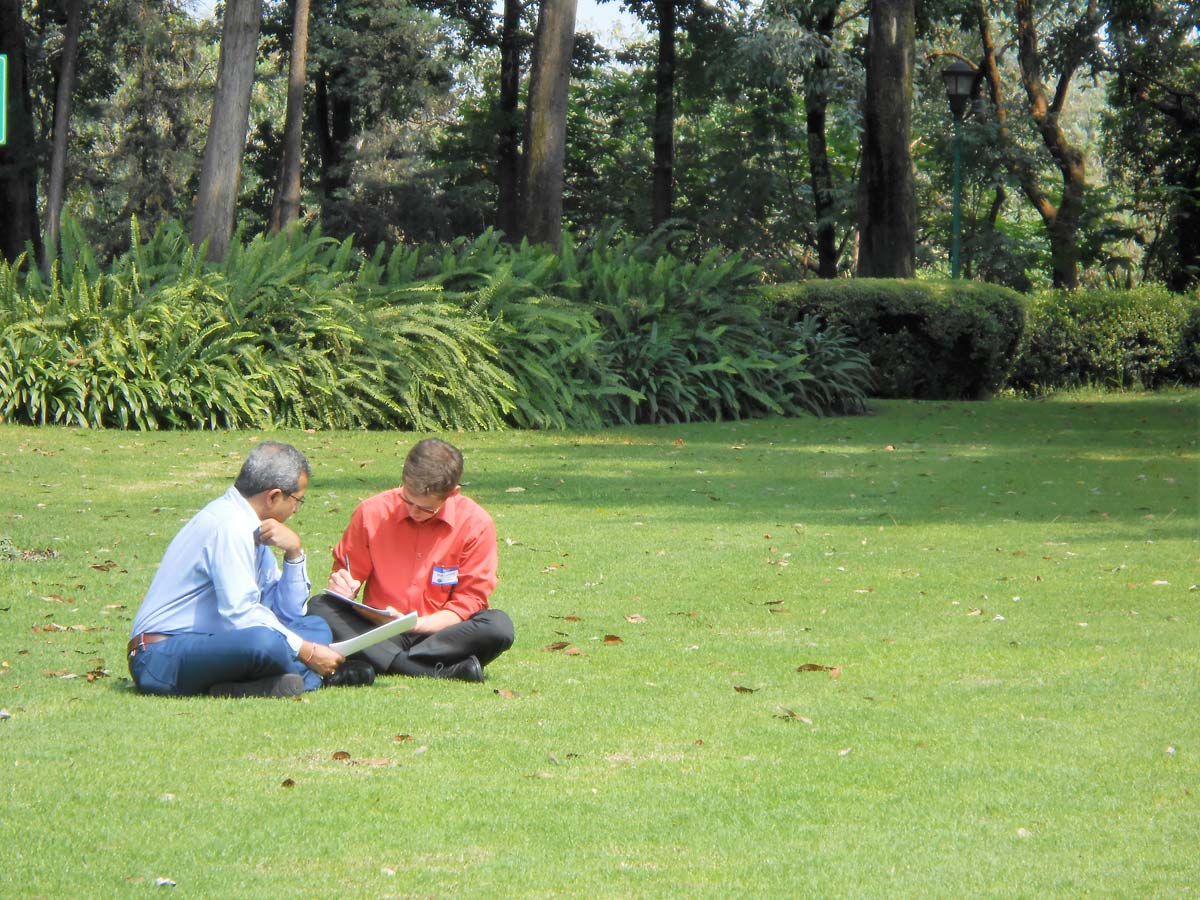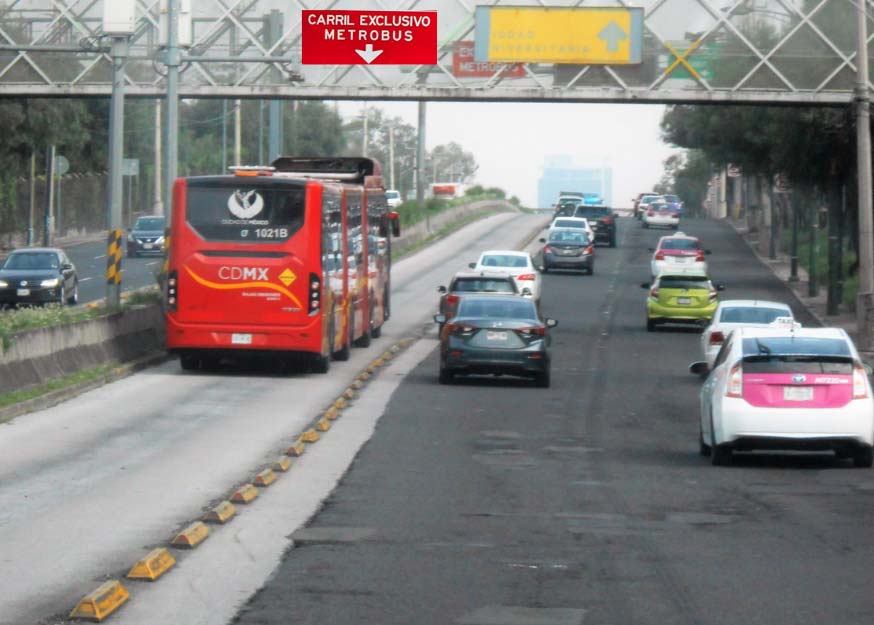2020年3月号 [Vol.30 No.12] 通巻第351号 202003_351003-en
Visioning Exercise—How does IGAC picture its future?
The 34th Annual IGAC SSC Meeting (International Global Atmospheric Chemistry Project Scientific Steering Committee Meeting) was held between 29–31 October 2019 at the National Autonomous University of Mexico (UNAM) in Mexico City, Mexico. UNAM, with over 300,000 students, is a highly-ranked public research university, and its campus is a UNESCO World Heritage site that was designed by some of Mexico’s best-known architects of the 20th century. It was in this creative environment that the IGAC SSC Meeting was held. Prior to the SSC meeting, a Visioning Exercise was held for the SSC members with Mr. Bill Sharpe as facilitator to discuss IGAC’s present role and its future direction. How does IGAC picture its future? How can it redefine its mission in the future to better meet the needs of science and society?
For this Visioning Exercise, Mr. Sharpe employed the “Three Horizons Model” which he had developed. Mr. Sharp is an innovation consultant and is also a Visiting Professor at the Digital Cultures Research Centre at the University of the West of England. The “Three Horizons Model” offers a simple but innovative way of looking at the future by helping groups to articulate a shared understanding of the current situation and their challenges (Horizon 1), visions for the future (Horizon 3) and the innovations and actions that can help to achieve the future vision (Horizon 2).
This Visioning Exercise was carried out in the form of group discussions, which were presented to the whole group of participants. To start the Visioning Exercise, the participants discussed in pairs their visions for the future in general. Issues such as the following were mentioned.
- Particular visions in professional life (such as improving society in a certain country)
- Efforts towards improving science
- Bringing knowledge into action
- Living up to children’s expectations for the future
- Ensuring a good environment for our children.
This exercise was followed by the participants providing personal statements on paper stickers about the importance of atmospheric chemistry, which they then grouped into themes. The following three main topics emerged: “Sustainable world and mankind”, “Curiosity, challenge, and collaboration”, and “Interconnections between science and people”.
Next, research papers were reviewed in pairs to help identify IGAC’s current situation and challenges (Horizon 1). The conclusion of this exercise was that although IGAC already was a multidisciplinary organization, it was important to reach out to other disciplines and to have international and multidisciplinary collaborations.
In the afternoon, visions for IGAC’s future activities were explored (Horizon 3) by considering the Sustainable Development Goals (SDGs) to find out what was important for IGAC and how it could expand its mission to better meet the needs of science and society. In this exercise, individual visions and aspirations were also incorporated.
These steps in the Visioning Exercise aimed at organizing the participants’ thinking and establishing a common understanding and mission definition. Reoccurring themes during the discussions were the importance of exchange and dialogue with other scientific communities and disciplines, international and multidisciplinary collaborations, and a clearer messaging to policy-makers and society. Based on the group work and discussions on 28 October and follow-up discussion on 29 October, the last task for this Visioning Exercise conducted on 31 October was to review and rephrase the current three areas that IGAC focuses on to achieve its mission to facilitate atmospheric chemistry research toward a sustainable world. The current three focus areas are “Fostering community”, “Building capacity”, and “Providing leadership.” All participants agreed that these three areas in general were good, but should be redefined by the SSC. It was also noted that a new focus area was needed in order for IGAC to achieve its mission. A new focus area on “Engaging society” was identified. The IGAC SSC will be working throughout 2020 to develop these four focus areas that resulted from the Visioning Exercise, and the outcome will be shared with the entire IGAC community at the 2020 IGAC Science Conference in Manchester, UK 14-18 September, 2020. With this, the Visioning Exercise was successfully completed.
After the IGAC SSC meeting, we visited the Center for Atmospheric Science at UNAM, where we were shown the research laboratories and various atmospheric observing instruments on the roof top of the center. We were proud to discover the logo stickers of NIES CONTRAIL and GOSAT projects on the lab door! This shows the international collaboration of CGER researchers with projects at UNAM.
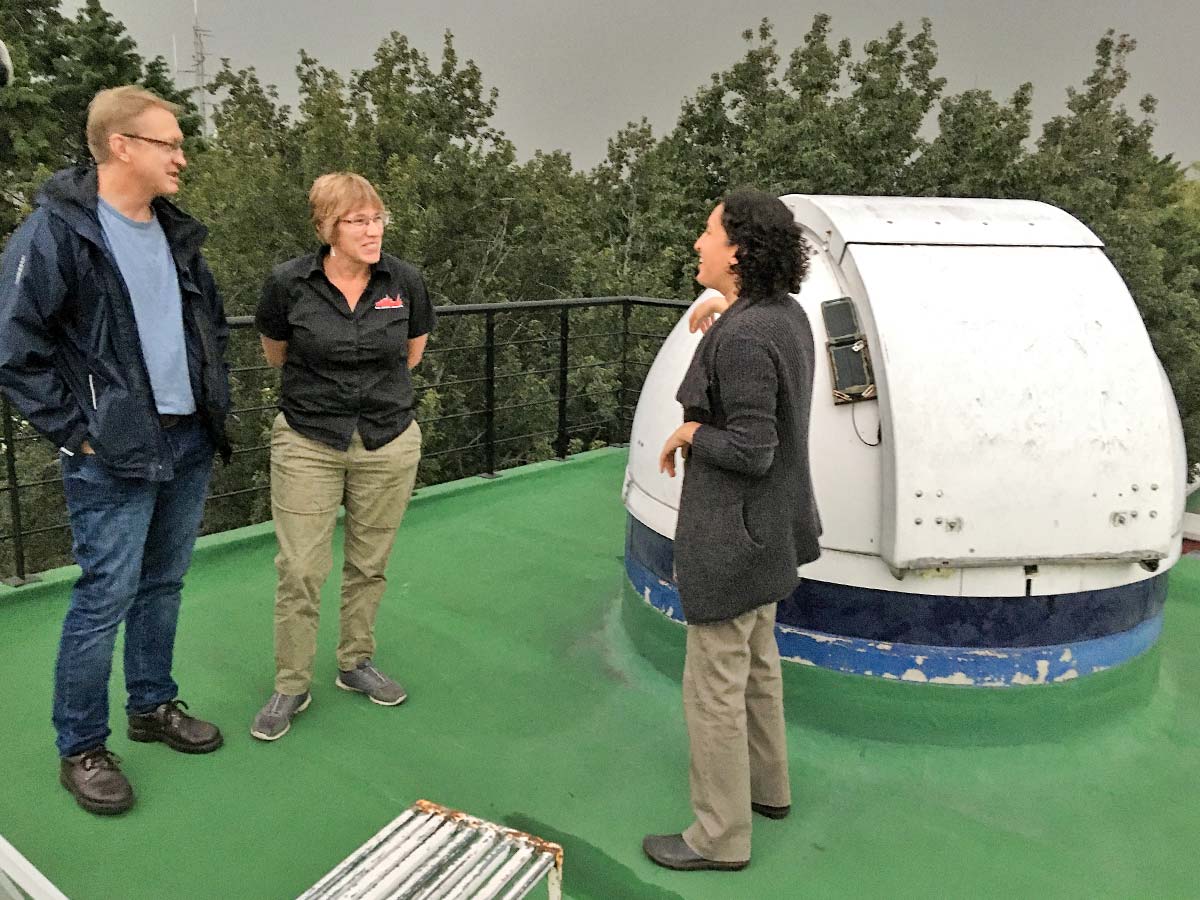
Picture 4. Measuring instruments placed on the roof top of the Center for Atmospheric Science at UNAM
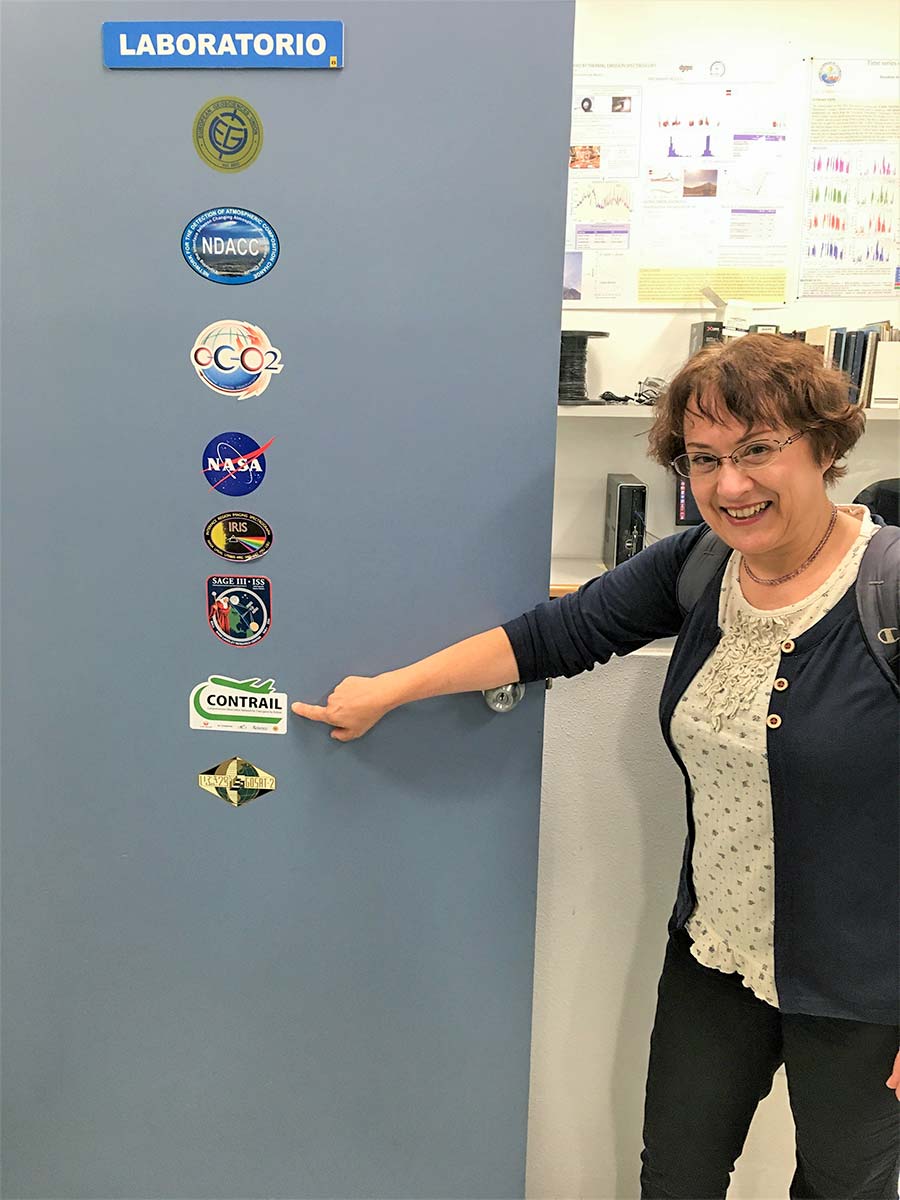
Picture 5. Logo stickers of CGER projects CONTRAIL and GOSAT on the lab door at the Center for Atmospheric Science at UNAM
Thanks to the enthusiastic, energetic IGAC SSC members, the 4-day long IGAC SSC meeting ended successfully with new insights, new visions and a rejuvenated IGAC.
Air pollution reduction efforts around the world
The IGAC Scientific Steering Committee held its 34th annual meeting from 29 to 31 October 2019 in Mexico City, Mexico. Mexico City – a bustling megacity, the capital of Mexico. With a population of 8.9 million people (21.3 million in Greater Mexico City), it is the most populous city in North America. My first impression of the city was the chaotic traffic with millions of cars, traffic jams, sudden changes of lanes (when it was, at all, possible to change lane!), often without even signaling. And imagine just how much air polluting substances these cars all emit!
However, Mexico City has made great efforts to reduce traffic-related air pollution. One big problem was that when city buses stopped at a bus stop, all the cars behind them had to stop too, causing unnecessary emissions while idling, and a spike in emissions when starting again. Mexico City solved this problem by introducing the Metro Bus System in 2005. The low-emission Metro buses run in a designated bus lane with raised hinders along the lane, to prevent other cars from driving over to the bus lane. This gives the buses free passage and the cars a smooth traffic flow.
As of 2019, the system has 7 lines. Travel times along the designated bus corridor have been reduced up to 50%. Other annual environmental benefits include a reduction of 36,400 tons of carbon dioxide, 9,900 t of carbon monoxide, 209 t of NOx, and 1.29 t of PM10 particulates (Emission data from https://en.wikipedia.org/wiki/Mexico_City_Metrob%C3%BAs)

